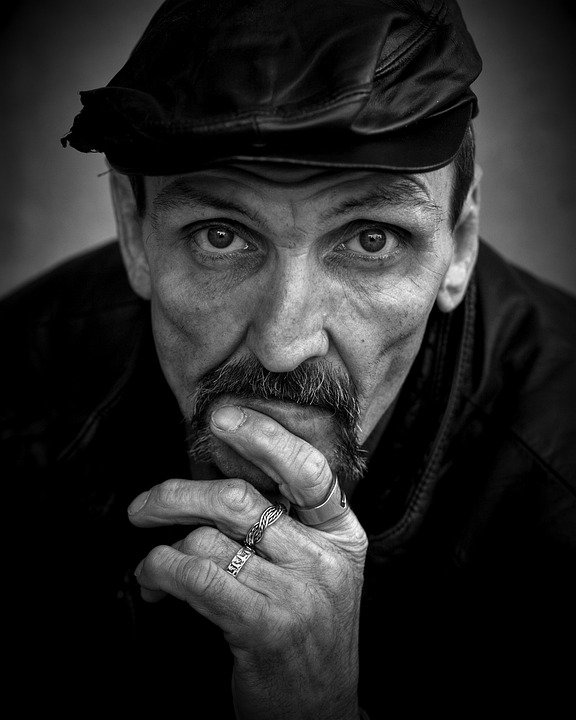
Acne is a common skin condition that affects millions of people worldwide. It is characterized by the presence of pimples, blackheads, and whiteheads on the face, neck, chest, and back. Acne can be a source of embarrassment and frustration for those who suffer from it, leading many to seek out treatments to help clear their skin. However, there is a lot of misinformation out there about acne, from its causes to its treatments. In this article, we will explore the truth about acne, including its causes, myths, and treatments.
Causes of Acne

Acne is primarily caused by an overproduction of oil in the skin, which can clog pores and lead to the formation of pimples. Hormones, particularly testosterone, play a significant role in the development of acne, as they can increase oil production in the skin. Genetics also play a role in the development of acne, as some people are more predisposed to developing the condition than others.
Other factors that can contribute to the development of acne include:

– Bacteria: Propionibacterium acnes is a type of bacteria that lives on the skin and can contribute to the development of acne when it becomes trapped in the pores.
– Diet: Some studies have suggested that certain foods, such as dairy and high-glycemic foods, may contribute to the development of acne.

– Stress: Stress can trigger the release of hormones that can increase oil production in the skin, leading to acne breakouts.
Myths About Acne
There are many myths about acne that can lead to confusion and frustration for those seeking treatment. Some common myths about acne include:
– Myth: Acne is caused by poor hygiene. While it is important to keep the skin clean, acne is not caused by dirt or oil on the skin. In fact, excessive washing or scrubbing of the skin can actually worsen acne by irritating the skin and causing more oil production.
– Myth: Only teenagers get acne. While acne is most common in teenagers due to hormonal changes during puberty, it can affect people of all ages, including adults.
– Myth: Popping pimples will make them go away faster. Popping pimples can actually make acne worse by spreading bacteria and causing inflammation, leading to more breakouts.
– Myth: Sun exposure can clear up acne. While sun exposure may temporarily dry out pimples, it can also cause damage to the skin and lead to more breakouts in the long run.
Treatments for Acne
There are many treatments available for acne, ranging from over-the-counter products to prescription medications. Some common treatments for acne include:
– Topical treatments: These include products such as benzoyl peroxide, salicylic acid, and retinoids, which can help to unclog pores and reduce inflammation.
– Oral medications: These include antibiotics, hormonal medications, and isotretinoin, which can help to reduce oil production and prevent acne breakouts.
– Laser and light therapies: These treatments use lasers or light to target and destroy bacteria on the skin, reducing inflammation and preventing new breakouts.
In addition to these treatments, it is important to practice good skincare habits to help prevent and treat acne. This includes keeping the skin clean, avoiding excessive washing or scrubbing, and using non-comedogenic products that will not clog pores.
In conclusion, acne is a common skin condition that can be frustrating to deal with. By understanding the true causes of acne, dispelling myths about the condition, and exploring effective treatments, those who suffer from acne can take steps to clear their skin and boost their confidence. If you are struggling with acne, it is important to consult with a dermatologist to determine the best treatment plan for your unique skin needs.

Discover more from Bibliobazar Digi Books
Subscribe to get the latest posts sent to your email.


